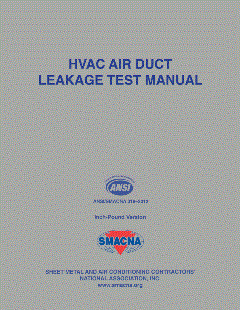LONDON — The global HVAC valves market is forecast to grow at a compound annual growth rate (CAGR) of 5.64 percent during the forecast period of 2016 to 2020, according to the latest market study released by Technavio.
Based on end use, the HVAC valves market is categorized into three segments: commercial, residential, and industrial.
COMMERCIAL HVAC VALVES
With a market share of about 48 percent, the commercial segment led the global HVAC valves market in 2015. Technavio research analysts predict this segment to continue leading the global market through the end of 2020. Offices along with educational, health care, and institutional buildings constitute the commercial sector. Growth in the commercial sector can be attributed to growth in retail stores and malls, commercial warehouse construction, and office buildings. In the U.S., construction of retail stores and malls is expected to grow at 9 percent in 2016, while a 10 percent growth potential can be seen in the commercial warehouse sector. The hotel sector in the U.S. experienced high growth in 2015 with an increase of 21,000 units over 2014. This sector is expected to record a growth of 7 percent in 2016, and to continue to grow in the coming years.
Anju Ajaykumar, a lead analyst at Technavio, said, “Developing countries like India and Indonesia will also propel the growth of the HVAC valves market in the commercial sector. Recently, the Indian government rolled out a roadmap for building 100 smart cities across the country. The development of smart cities would require the construction of hospitals, schools, community centers, warehouses, and other commercial infrastructure, which will strengthen the demand for HVAC systems over the next four years.”
RESIDENTIAL HVAC VALVES
The boom in the residential construction sector will aid the market for HVAC valves, generating revenue of $5.71 billion by 2020. Asia-Pacific (APAC) is projected to be the largest market for construction in the coming years fueling the demand for more HVAC systems and HVAC valves. Emerging economies like India, Indonesia, and Vietnam have registered rapid growth in the construction sector.
Developed nations like the U.S. have also been registering growth in residential construction, with single-family homes increasing by 1.3 percent while condominiums and apartments grew at 4.9 percent in 2015. “Owing to the increase in disposable income and increased consumer spending in these regions, it is evident that the demand for air conditioning units in the residential sector will grow significantly, overtaking the commercial and industrial segments,” said Ajaykumar.
INDUSTRIAL HVAC VALVES
Technavio predicts the global HVAC valves market by the industrial sector to reach $572.8 million by 2020, growing at a CAGR of 1.85 percent during the forecast period.
However, the industrial sector will lose significant market share by 2020 due to relatively less employment of HVAC units in industry. The industrial sector’s demand for HVAC units and valves will experience the least growth by 2020. The industrial sector has the smallest share of the global HVAC valves market, accounting for just a 12 percent share, since most industrial facilities use ventilation units that are relatively cheaper compared to HVAC equipment, such as chillers and boilers, and therefore, generate lower revenues.
More information is available here.
Publication date: 6/7/2016
Want more HVAC industry news and information? Join The NEWS on Facebook, Twitter, and LinkedIn today!








